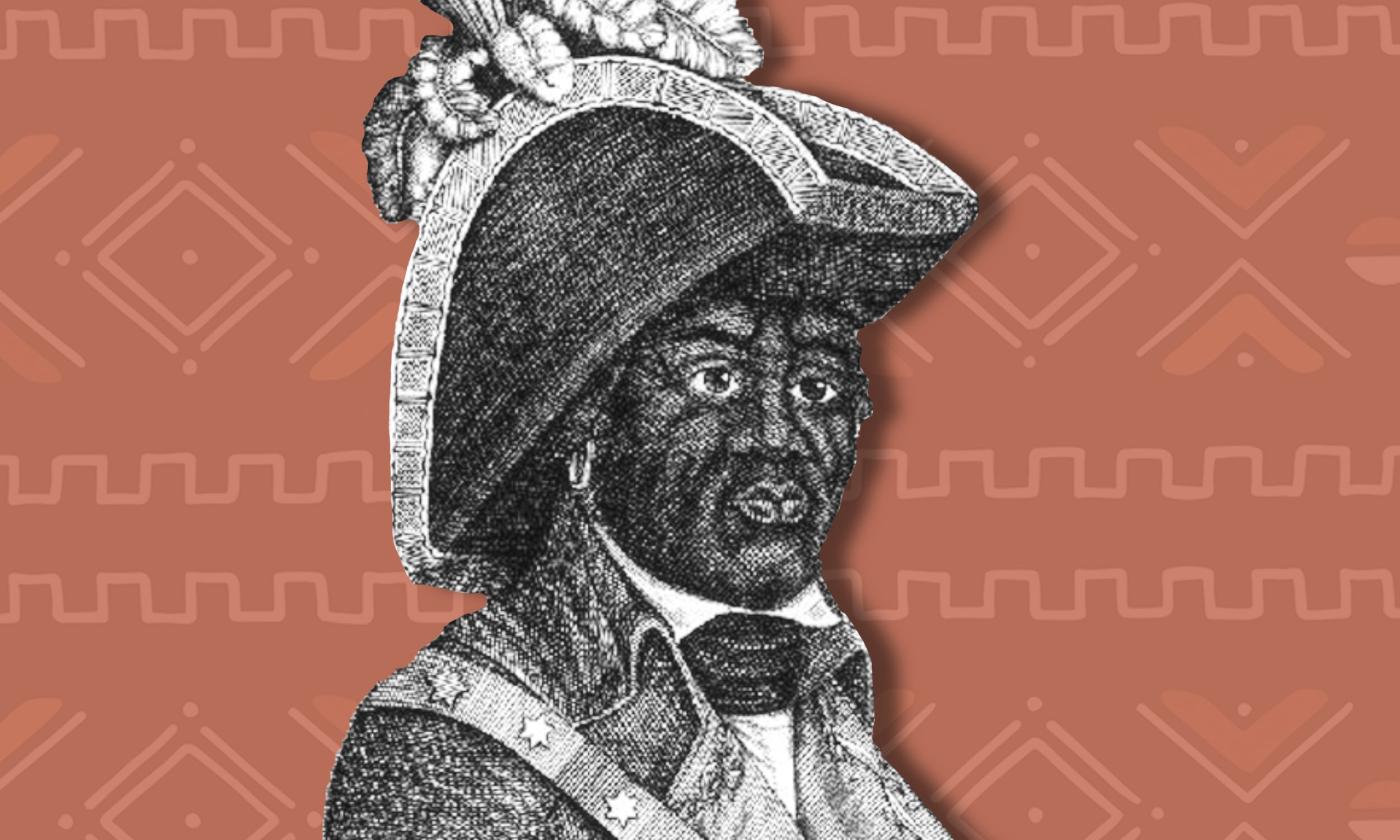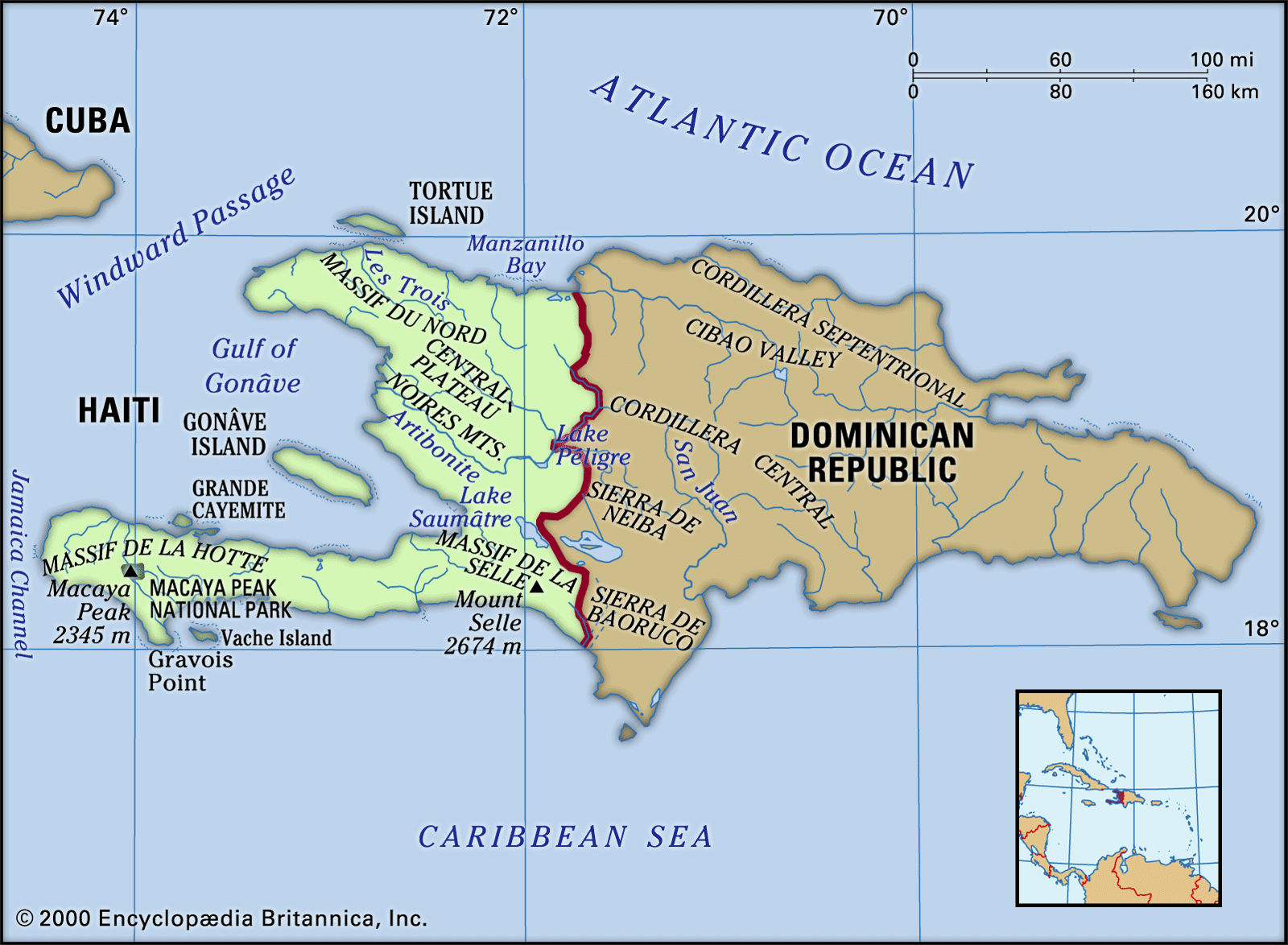
Jorge Biassou
Florida's first Black general.
Jorge Biassou
Origins
Georges Biassou was born on January 1, 1741, when Haiti was a French colony known as Saint Domingue. He was enslaved by the Catholic Church in Cap-Français (now Cape Haitien), working at a sugar plantation under the command of the Fathers of Charity Jesuit Order.
The Haitian Revolution (1791-1804)
Now known as the first successful slave revolt in the Americas, the Haitian Revolution was an uprising of enslaved Africans against French colonists.

Biassou was a leader during the earliest years of the rebellion. Organizing with Boukman Dutty and Toussaint L'Ouverture, Biassou used his position as a slave driver to sabotage and raid French plantations.
The Haitian leaders (many of whom spoke at least two languages) were aware of the global political climate at the time, especially the recent American and French Revolutions. They leveraged their knowledge in military and legal battles.
When Spain offered freedom and assistance to the revolutionaries in the summer of 1793, Biassou accepted. Biassou and his Spanish militias battled the French in Haiti for two years. On July 22, 1795, France and Spain signed the Second Peace of Basel Treaty which disbanded Biassou's armies.
By the end of 1795, Jorge Biassou, now a free citizen of Spain, was transported out of Haiti, bound for Spanish La Florida.
Life In St. Augustine
General Jorge Biassou arrived in Spanish San Agustín during the Second Spanish Period (1784-1821) in January 1796 with a group of his family members and former subordinates, all protected by the king.
Much to the chagrin of the Spanish governor, Biassou was the second highest-paid official in the colony of La Florida. He was given a government salary, a house on present-day St. George Street, and, eventually, land north of St. Augustine.
From 1796 to 1800, General Biassou and his troops worked alongside the town's militia to patrol and monitor the surrounding areas — compared to the violence of the Haitian Rebellion, they had all but retired here.
Biassou's group melded with the free and enslaved Black people who were already in St. Augustine. They held cultural and religious celebrations and even intermarried.
Death in Battle & Burial at Tolomato Cemetery
By 1800, attacks on St. Augustine by bands of Indigenous Seminoles had increased. Jorge Biassou led the Spanish militias in defending St. Augustine. However, Biassou fell ill on duty and died on July 13, 1801, at 60 years old.
General Jorge Biassou was buried in the Tolomato Cemetery and given a traditional Catholic funeral with the honors deserving of his position as General. The exact location of his burial is unknown, and no marker exists for him in the cemetery.
Biassou's Enduring Legacy
Jorge Biassou has long fascinated locals and visitors alike; his story is still told today.
In 1962, Jorge Biassou's house at 42 St. George Street was reconstructed to commemorate the upcoming 400th Anniversary of St. Augustine's founding. It is now known as the "General Biassou House" and bears a plaque placed by the City of St. Augustine.
In August 2010, the U.S. Ambassador to Haiti, Raymond Joseph, visited St. Augustine to raise awareness for Haitian-American heritage. The entourage of Haitians and Americans traveled to Biassou's home, fort, and cemetery. Ambassador Joseph and Senator Tony Hill placed a wreath in front of the chapel in Tolomato Cemetery to honor him.
Resources
Online Resources
About Jorge Biassou
- Read a full bio of Biassou on Enslaved.org by tapping here.
- Listen to the letters of Romana Biassou, Jorge's wife, as performed by the Grace Arts Center of Florida, by tapping here.
- Read the St. Augustine Record article "Haitian delegation visits" by Andrea Asuaje by tapping here.
About the Haitian Revolution
- Learn more about the history of slavery in France from the Library of Congress by tapping here.
- Read an article about race in the French colonies from Cambridge University by tapping here.
Further Reading
- Atlantic Creoles In The Age of Revolutions, by Jane C. Landers

